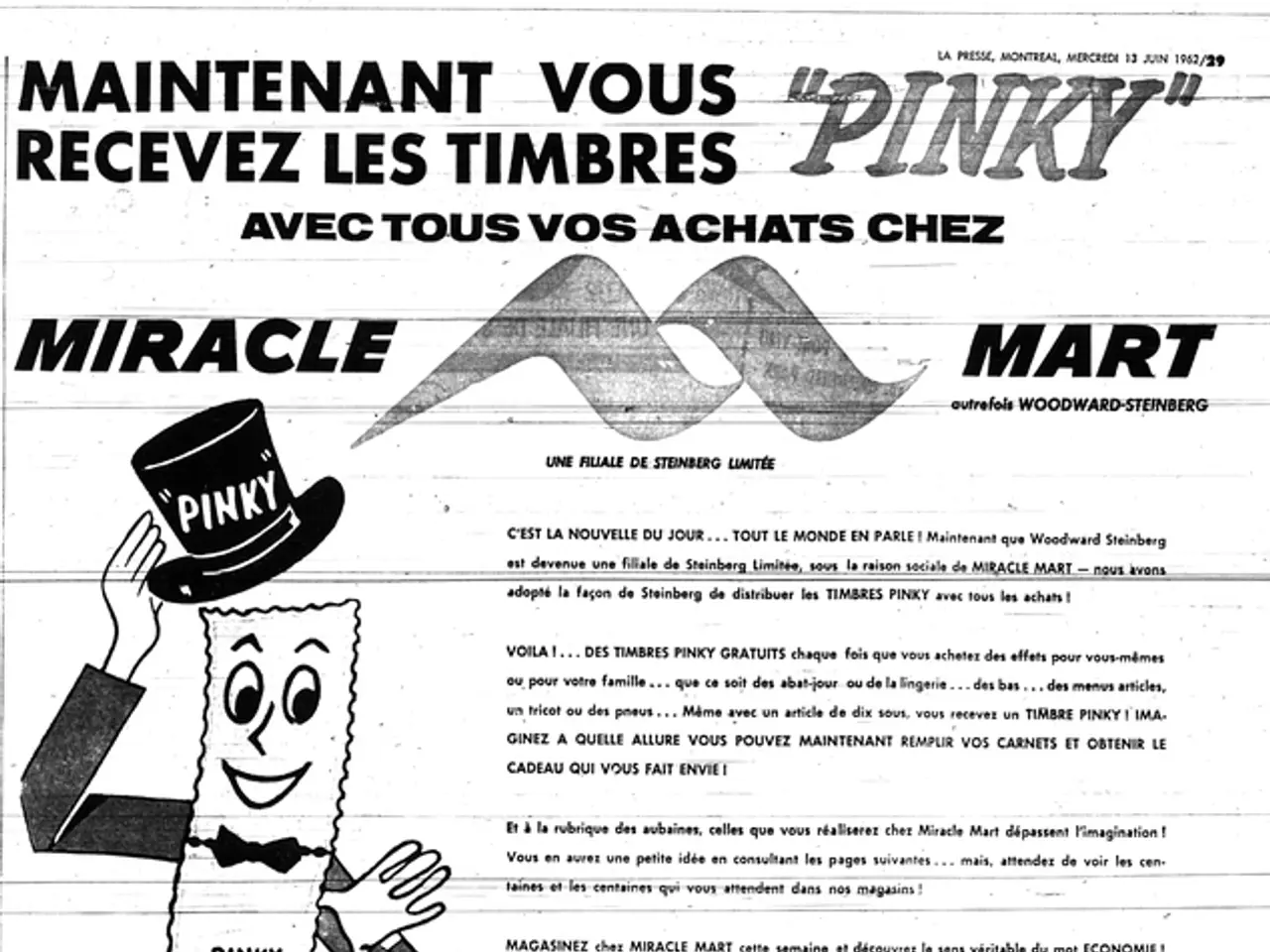Developing an Impactful Content Creation Plan
In today's digital world, a well-structured content creation framework is essential for a successful content marketing strategy. This framework should align your audience insights, business goals, and content delivery methods throughout the customer journey.
Key Steps and Components
- Define Your Audience Develop detailed customer personas by researching demographics, behaviors, challenges, and preferences. This helps tailor content precisely to address audience needs and identify the best engagement channels.
- Map Content to the Customer Journey Organize your content strategy according to awareness, consideration, and decision stages:
- Awareness: Educational content to build trust (blogs, thought leadership, explainer videos)
- Consideration: Guidance content (how-to articles, webinars, infographics)
- Decision: Conversion-focused content (testimonials, product demos, comparisons)
- Choose Appropriate Content Formats Select media types that fit your audience’s habits and your goals, including blogs for SEO, short videos for engagement, infographics for data visualization, and podcasts/webinars for thought leadership. Repurpose content across channels for efficiency.
- Develop an Operational Framework Use tools and templates to centralize content ideas, task management, collaboration, and approvals. Track progress from ideation through publishing and distribution. For example, platforms like ClickUp provide content management templates integrating task tracking, version control, and stakeholder feedback to keep workflows transparent and scalable.
- Set Clear, Measurable Goals and KPIs Define specific objectives like “increase organic traffic by 40% in 6 months” or “generate 100 qualified leads per month.” Choose metrics aligned with these goals, such as page views, engagement metrics, conversion rates, or repeat visits.
- Create a Content Plan with Brand Voice and Channel Strategy Outline your unique voice, content themes, and planned distribution platforms ensuring consistent messaging and brand identity across all channels.
- Iterate and Optimize Continuously measure content performance against KPIs and adjust strategy to maximize impact and address emerging audience needs.
By combining audience research, funnel-aligned content mapping, format diversification, workflow tools, and data-driven goal setting, you create a dynamic and sustainable content creation framework that fuels successful content marketing.
Additional Considerations
- Social media posts should consider the platform when creating, incorporate images, hashtags, and interactive elements like polls and quizzes to increase engagement.
- The content calendar time frame can be weekly, monthly, or quarterly, depending on the volume of content to be produced.
- Team members responsible for each content piece should be highlighted and tracked from conception to publication to avoid confusion and ensure tasks get done.
- Quality content that provides value to the audience should be created to be rewarded by search engines.
Regular reviews and updates of the keyword strategy should be done to adapt to changing search engine algorithms, industry trends, and customer behavior. Keyword research tools like Google Keyword Planner, SEMrush, or Ahrefs can be used to identify industry-relevant keywords with a balance of high search volume and low competition.
The platform's SMART goal templates help in setting and achieving goals. The platform's online whiteboarding tool helps in easily collaborating with team members and sharing ideas. The platform's Brand Design Tool facilitates creating and preserving branding elements like brand colors, brand fonts, and company logo.
For B2B marketing, content types like ebooks, white papers, case studies, lead magnets, and gated content produce amazing results. Content marketing generates leads, builds customer trust, amplifies brand awareness, and boosts sales at 62% less cost than traditional marketing while generating three times as many leads.
The platform's AI writer helps in brainstorming, creating outlines, and generating content. The platform's AI image generator can be used to generate engaging and relevant graphics for blog posts. The platform's free video maker can be used to create a variety of video types, including explainer videos, video testimonials, product videos, social graphic videos, and more.
Our platform offers 1000+ infographic templates and a free infographic maker to attract and engage the target audience. Infographics should outline key points, start with easy-to-follow formats, clean lines, clear fonts, contrasting colors, and interactive elements, and cite sources.
Videos should start with a script, align with the visuals and sounds planned, and be engaging with a mix of visuals, narration, and music. Podcasts should have a standard intro and outro for uniformity, and the conversation should be engaging and well-paced.
Keywords should be naturally incorporated into the title, meta descriptions, headers, body text, and image descriptions, avoiding keyword stuffing. Keywords with lower traffic but higher conversion rates should be focused on. AI SEO tools can be used to automate keyword analysis, predict ranking potential, generate optimized content, and identify content gaps.
A strong content creation strategy helps a business or brand connect with people, similar to a building needing a blueprint to engage its audience. A basic content framework includes conceptualizing content, planning a timeline, creating a workflow, reviewing and editing content, and sharing and getting feedback.
- To ensure a successful content marketing strategy that appeals to various interests, one can include visual content such as infographics in the content types offered, particularly for categories like lifestyle, fashion-and-beauty, food-and-drink, and home-and-garden.
- For organizations aiming to target their customers in the education-and-self-development and relationships sectors, format options like blogs, podcasts, and webinars may prove effective in delivering valuable content.
- To optimize content marketing efficiency, one can utilize data widgets, like SEO tools, to identify and analyze industry-relevant keywords, aiding in the generation of content that aligns with audience preferences and modern search engine algorithms.
- When considering the mix of content types for a content calendar, content marketers should remember to incorporate social media posts designed with specific platforms in mind, complete with images, hashtags, and interactive features like polls and quizzes to maximize engagement.




